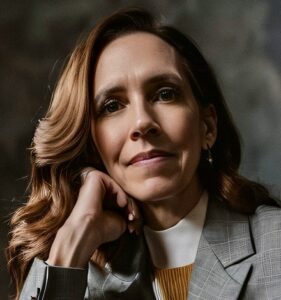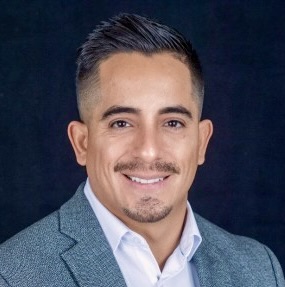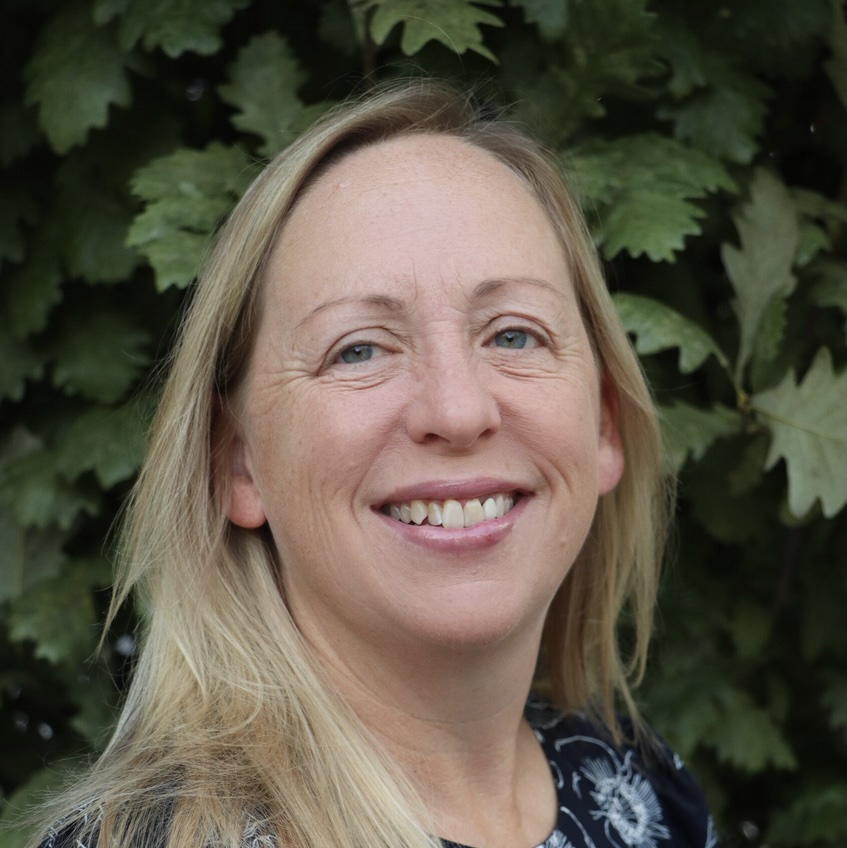Much has been stated and written in recent years about the myriad challenges facing rural healthcare organizations, particularly since the onset of Covid 5 years ago, and for good reason. But are the problems that plague a critical access hospital so divergent from those that affect large IDNs?
Terri Couts doesn’t think so. In fact, she believes the hurdles are “pretty similar” at their core. The difference? “It’s more pronounced in the areas we serve,” she said, whether it involves workforce availability, access to care, or having the right payer mix. For leaders, that means “you have to be a bit more creative in how you serve your patients.”
It also means being willing to push the boundaries and accept risk, according to Couts, who serves as CDO at Guthrie Clinic. Recently, she and fellow rural leader Michael Archuleta (CIO, Mt. San Rafael Hospital) shared perspectives on how their teams are leveraging technology to provide a better experience for patients and staff and elevate the standard of rural healthcare.

Terri Couts
For Guthrie, a six-hospital system serving a 10,000 square mile area in Pennsylvania and New York, improving access for its heavily Medicare-dependent population has been a key priority. And in fact, it was the impetus for establishing a virtual care center to “centralize operational and patient care functions and improve access to clinical expertise, regardless of where the patient is being treated,” according to a news release.
That extended reach has become critical in rural areas, where the ratio of physicians to patients (525 to 1) is vastly different than in urban settings (222 to 1), and nursing vacancy rates are as high as 26 percent. “That translates to how many beds we can staff and how many patients we can take, which can really limit our ability to serve the community,” noted Couts.
That’s where the Guthrie Pulse Center can make an impact by leveraging state-of-the-art monitoring capabilities to detect changes in a patient’s condition and facilitate quick action. “We tried to think about things a little bit differently,” which meant redesigning the delivery of care and enabling that through technology, she said. By centralizing components, they were able to maximize resources and function at a higher level. “When you have access, quality and experience as your primary drivers, that cascades down into what you can influence and where you can build on that,” Couts said.
Another core area of focus is the documentation burden on nurses, which has increased due to the changing regulatory environment, and likely won’t change anytime soon, noted Couts. “And so we need to think about how to mitigate that so that we can still get documentation without compromising patient care.”
One area that was ripe for innovation? The admissions process, which can account for up to 50 minutes of a nurse’s precious time. Her team found that assessments could easily be conducted through video, enabling nurses to focus on “more meaningful work at the bedside,” Couts noted. Although it required some configuration in the Epic EHR from a flow standpoint, it has been a relatively small lift that has helped save “thousands of hours.”
“When we turned on virtual nursing, we saved around 30 minutes per nurse for each 12-hour shift,” she added, which has led to enhancements in patient and staff satisfaction. “All of those things start to improve because we’re giving time for nurses to provide care and not focus on the EHR itself.”
That improvement hasn’t gone unnoticed, as Guthrie has hosted a number of organizations – even large systems – eager to learn about their processes. Her team is happy to share insights on how they’ve been able to operationalize components to achieve success.
What it doesn’t require, she noted, is a big budget. In fact, Couts believes that having resource constraints has afforded Guthrie a competitive edge. “We have to have a creative problem solving process or we won’t survive,” she noted. “ We need to be nimble and be willing to pivot quickly.”

Michael Archuleta
For Mt. San Rafael Hospital, the secret sauce has been a refusal to think small, despite being a 25-bed critical access facility. “We’ve never looked at ourselves as small,” said Archuleta. “We’ve always looked at ourselves as an innovative group and looked for creative ways to do more with less.”
The organization was recognized for those efforts in 2017 when it first achieved HIMSS Analytics Stage 6 status. “That showed we can compete with the bigger facilities,” he noted.
The best way to continue to keep pace, Archuleta believes, is by embracing AI and leverage it to solve specific problems.
Case in point? Integrating AI into the radiology setting. Through partnerships with Radiology Partners and Aidoc, Mt. San Rafael has been able to “dramatically reduce turnout times for critical diagnoses” and help providers detect life-threatening conditions much more quickly, which has resulted in improved outcomes. “It’s a revolution in patient care,” he said.
To date, more than three-quarters of radiologists have opted in to the program, which is a credit to the culture that has been established. “We’re one of very few rural facilities that are fully utilizing this,” he said. “It shows the effort that we’ve put in.”
It also helps strengthen the case for future investments – and change the narrative of IT being a cost center. “When IT is seen as a strategic revenue contributor, it’s a whole new dynamic,” he added. “You have to be able to show value.”
And to do that, CIOs need to have a seat at the executive table, which isn’t always the case in rural health.
“I think that’s a big mistake,” he said, as CIOs tend to have their hands in many pots, including business and operations, and can offer valuable input. “What are we doing on cybersecurity? What are we doing on digital transformation? How are we continuing to progress? How are we incorporating clinical quality measures into the EMR,” Archuleta noted. Having the CIO at the table can help educate other leaders on the initiatives being planned – and how they will help individuals do their jobs more effectively.
“That’s what drives true change,” he said.
Of course, it’s not an easy road, especially when organizations are fighting for resources. Fortunately, there are grants and other programs that can help cover costs of purchasing and implementing technologies. And although it does involve “a lot of legwork and a lot of research” to identify and apply for financial assistance, the effort is well worth it, said Archuleta.
“We all need to get involved.”


Questions about the Podcast?
Contact us with any questions, requests, or comments about the show. We love hearing your feedback.

© Copyright 2024 Health Lyrics All rights reserved